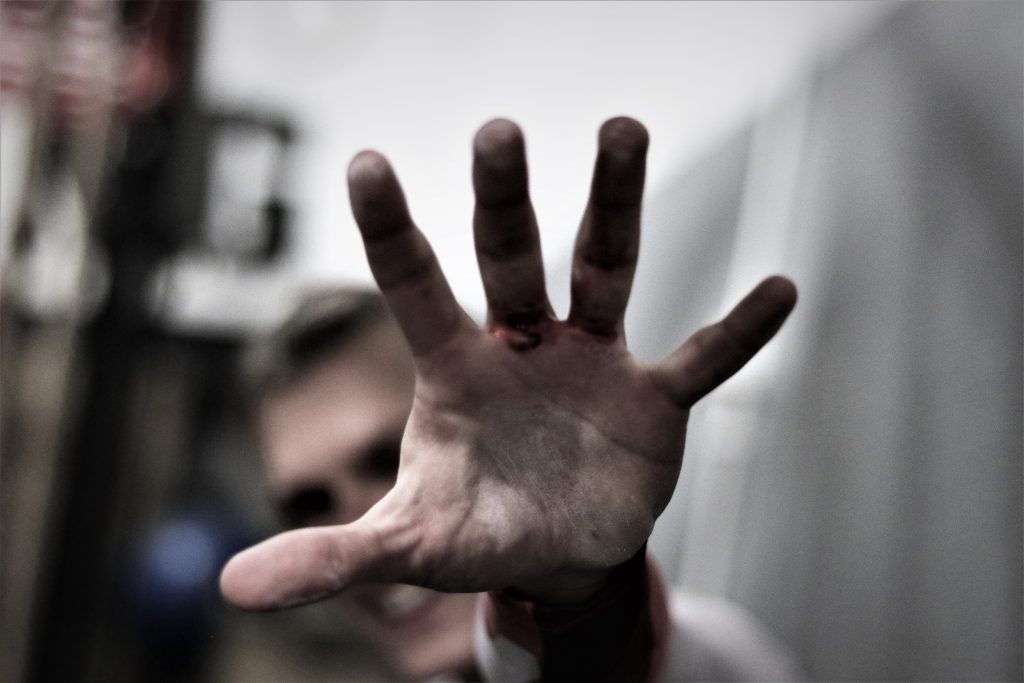
Warmer weather means more time outside with family, friends, and pets. Outdoor activities generally include lots of hand and wrist movement, which can equate to joint pain. Pool time, backyard barbecues, or cornhole tournaments can be challenging for people who suffer from hand and wrist issues. Thankfully, there are ways around these hurdles.
Carole Dodge, a certified hand therapist at Michigan Medicine at the University of Michigan said, “Activity promotes activity. You get more lethargic when you don’t move and engaging with others is fun.”
Read on to discover some fun ways to ensure your hands and wrists are feeling good this summer.
Water Resistance
Pools are great for water resistance, which helps with achy joints. Dodge says, “The pool is great for swimming, walking back-and-forth, or any kind of upper- or lower-body exercise. Try playing ring toss or diving for pennies. If you have a pool noodle, you can squeeze it for hand-strengthening exercises. It’s a great way to focus on the fun and not the exercise so much.”
Backyard Games
Ping-pong and cornhole are popular backyard games and can be fun for all ages. According to Dodge, “If you have hand pain, look for firmer bean bags. Some can be squishy, but the ones that are more filled are easier to grip. Utilizing the bigger joints and muscles will be less painful,” when it comes to using your whole arm versus only wrists or hands. Look for paddles or rackets that have a larger or wider handle for a more ergonomic grip.
Board Game, Anyone?
Checkers, jigsaw puzzles, Scrabble, and the like are all great outdoor patio games. They’re a good distraction away from computer, smartphone, and tablet screens. Since the pieces for these games are small and light, people who suffer from hand or wrist joint pain should be able to play with ease.
Flower Therapy
Gardening can be challenging for those who suffer from hand and wrist pain, but it’s one of the most easily modifiable. Raised beds put much less stress on the body, as kneeling on the ground is unnecessary. Avoid twisting your body or stretching in awkward positions if you choose to sit. Make sure you take ample breaks and utilize joint-friendly tools such as gloves with rubberized palms or wet the soil to ensure pulling weeds is easier. Use a hose nozzle that does not require squeezing and lightweight hoses that can move around easily.
Do you suffer from hand and/or wrist pain? If so, call us today to schedule a free consultation.
Michigan Hand & Wrist was founded in 2001 with the mission to provide the highest-quality care for patients seeking surgical or non-surgical hand or upper extremity relief. Our goal is to exhaust all non-operative measures before discussing or moving on to surgical interventions. We offer on-site physical therapy from therapists committed to improving your quality of life. Our individualized treatments are modern, progressive, and exceptional. Call us at 248-596-0412 for further questions.
Written by the digital marketing team at Creative Programs & Systems: https://www.cpsmi.com/

